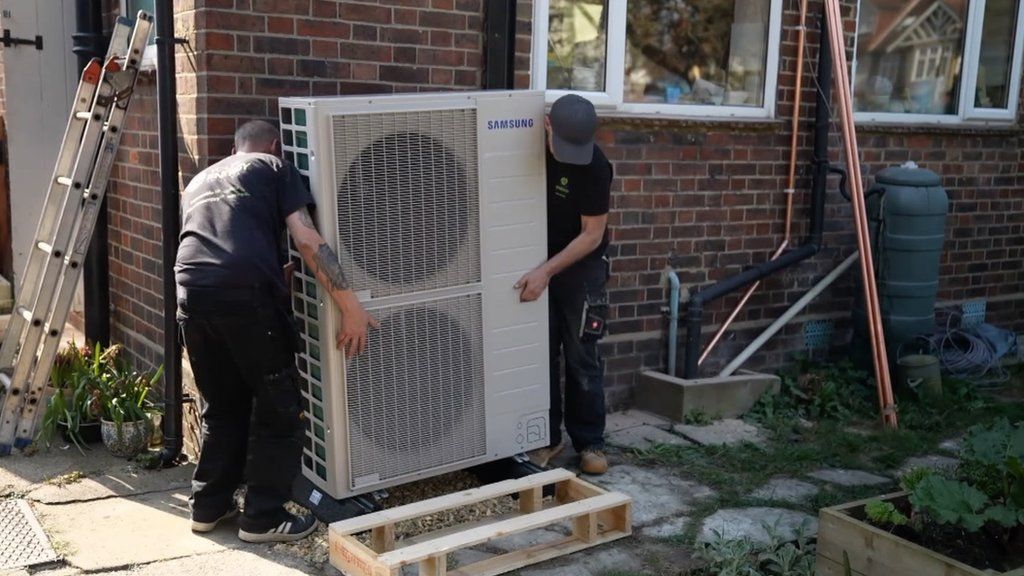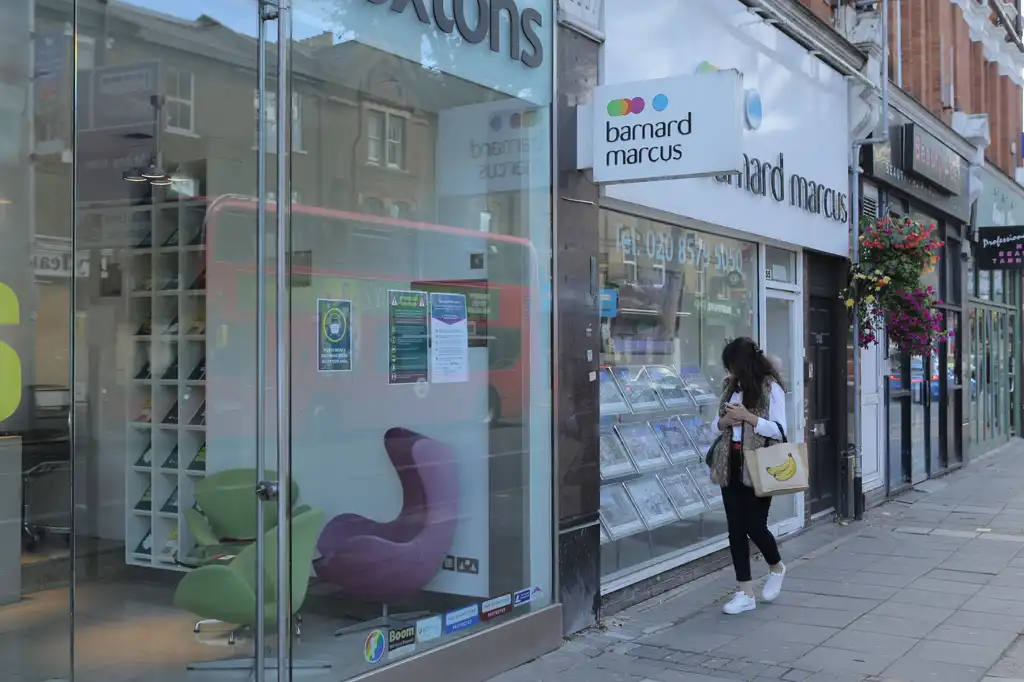
The National Residential Landlords Association (NRLA) has welcomed a landmark ruling from the Supreme Court which provides vital clarification about the responsibilities of so called ‘rent-to-rent’ companies.
The ruling in the case of Rakusen v Jepsen will have important implications for the private rented sector as a whole.
In the case, the landlord, Rakusen, agreed to let a flat to a rent-to-rent company. The property required a licence, but the company did not apply for one.
As a result of the failure to be licenced, the former tenants of the flat sought a Rent Repayment Order against Rakusen rather than the rent-to-rent company – even though he had not received rent directly from the tenants.
Rent-to-rent companies take over the running of a property for a landlord.
At an initial tribunal it was ruled that the Rent Repayment Order could be applied for against Rakusen. The Court of Appeal however later overturned the decision and ruled in Rakusen’s favour.
Yesterday, the Supreme Court has ruled that where rent-to-rent companies take over the running of a property, they cannot shirk responsibility and expect to leave the landlord to pay for their legal failings.
Ben Beadle, chief executive of the NRLA, said: “This case has never been about whether legal obligations should be met, but about who should be responsible for them in rent-to-rent cases.
“We therefore welcome today’s ruling which accepted many of the arguments made by the NRLA and provides important clarity for landlords and tenants alike.
“The ruling makes clear that it is the responsibility of rent-to-rent companies acting as a landlord to ensure that relevant legal requirements are met, since it is they who receive tenants’ rent. It is simply not right that such companies can take money from people without any responsibility for the property they are running.”
Original Post from propertyindustryeye.com
















